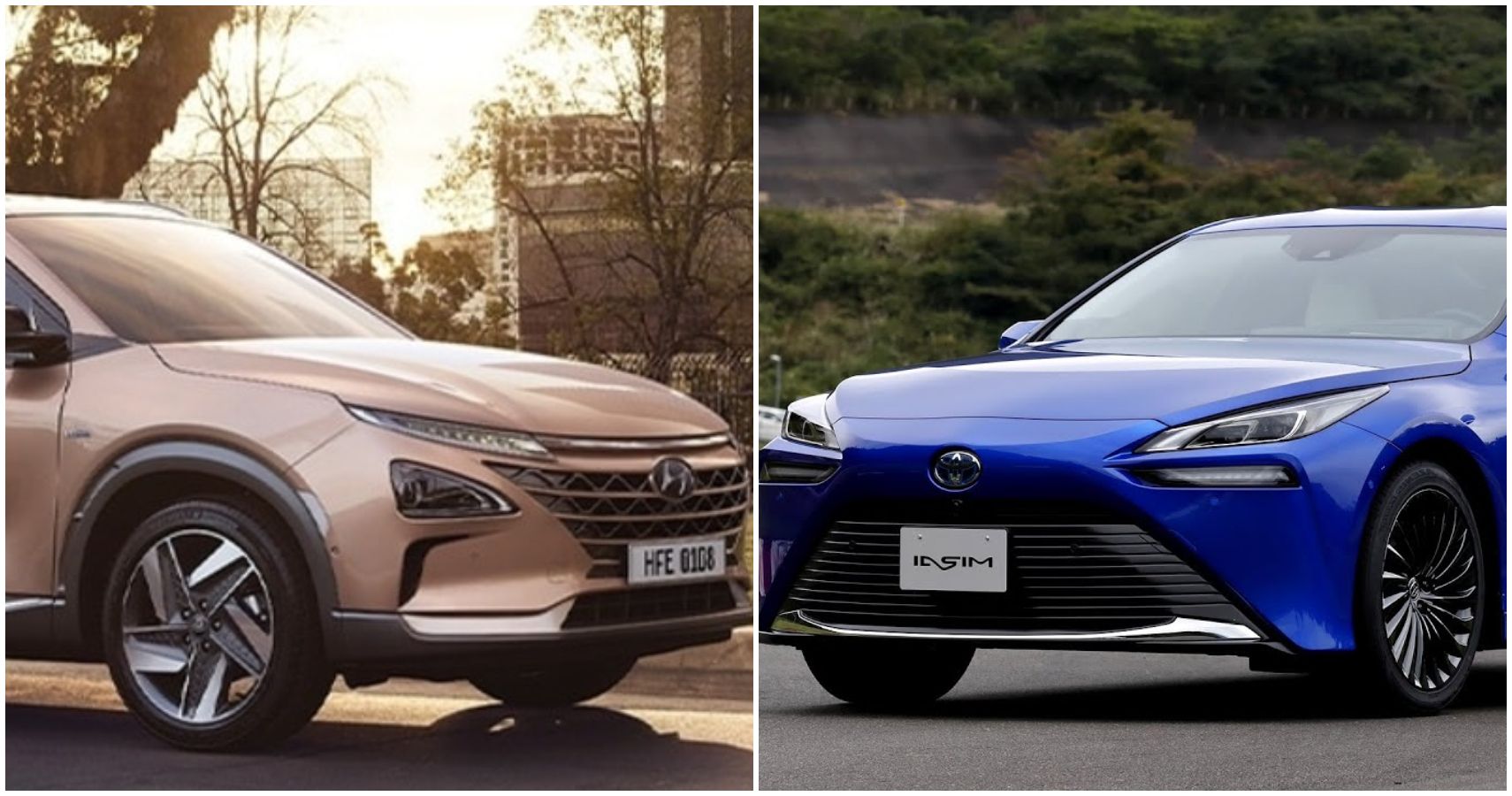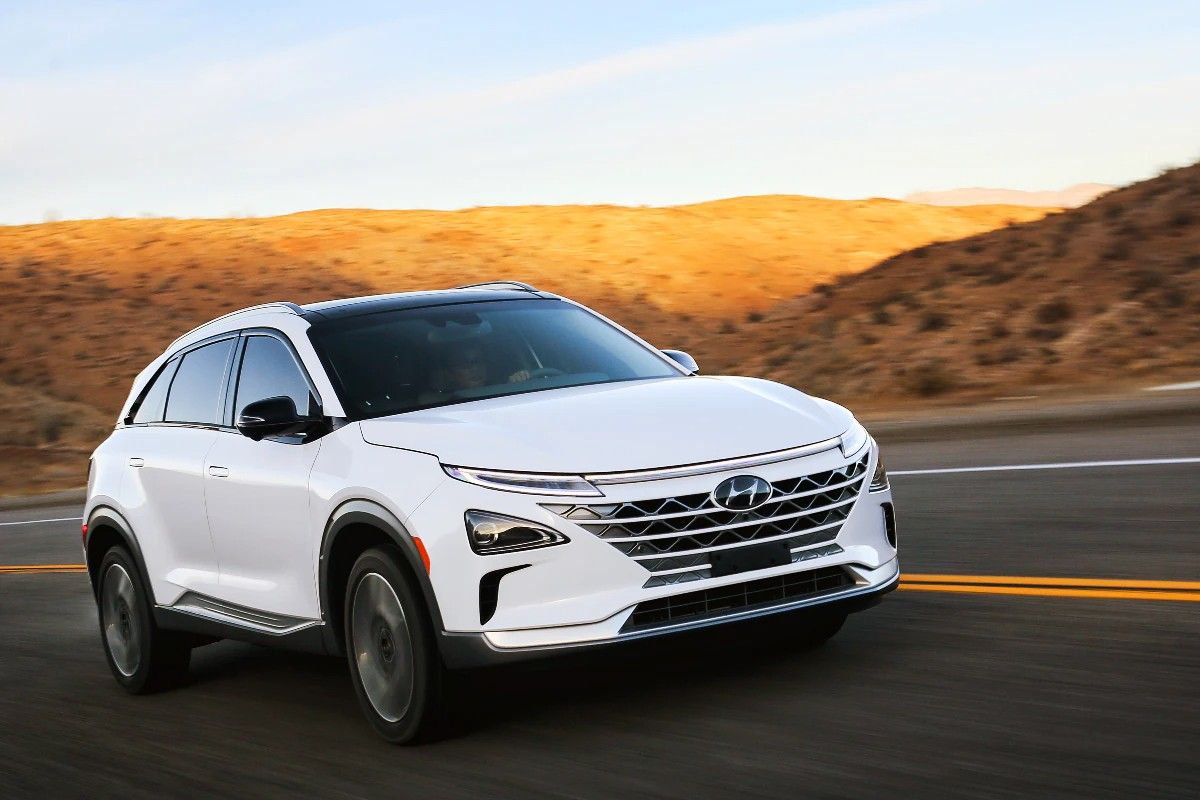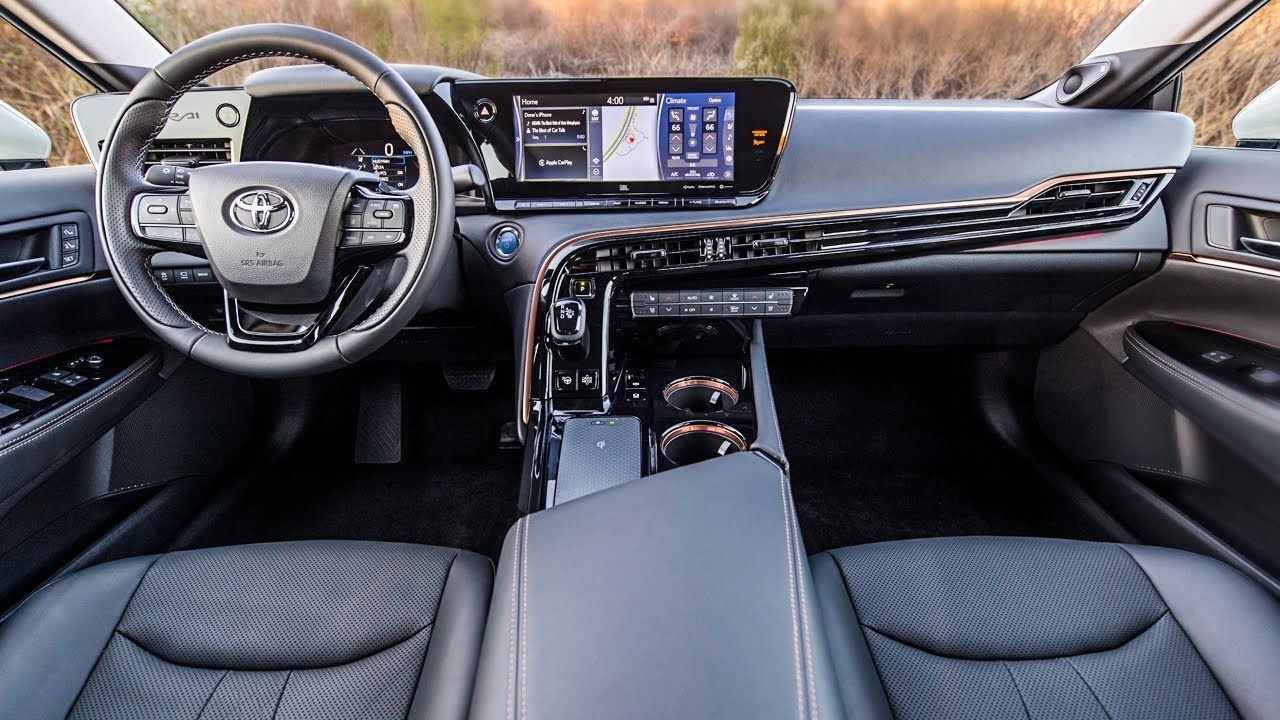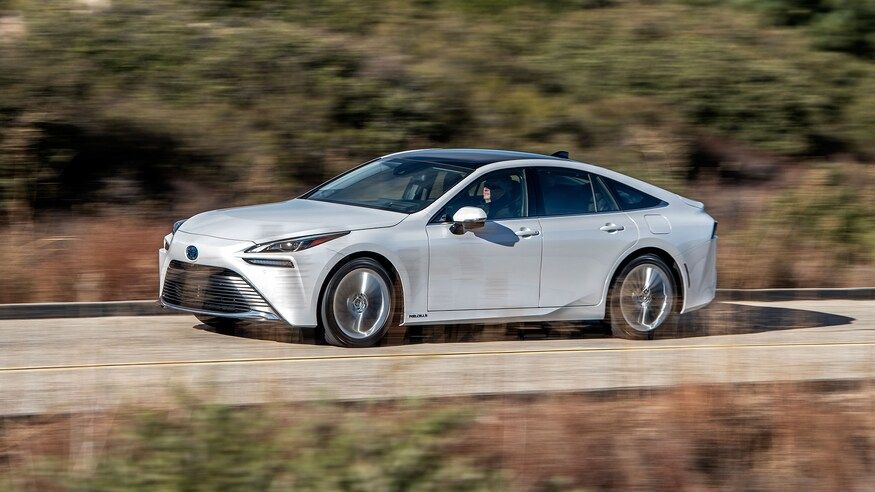The concept of electrification is on the verge of shaping the future of the automobile industry. Several automakers across the globe have tweaked their product portfolio to emphasize the importance of electromobility, with the ascending popularity of the segment playing a crucial role in the preservation of the environment. While the electromobility segment has significantly impacted the automobile industry, the concept of hydrogen-powered vehicles is still at a stage of emergence within the automotive sector.
Hydrogen Fuel Cell Vehicles or FCVs are largely similar to EVs. The automobiles housing these futuristic concepts rely on an electric motor instead of an internal combustion engine to power their wheels, with the resulting power and torque figures delivered instantaneously. However, a significant difference between these eco-friendly concepts is the EV's dependency to be plugged into recharge, whereas the FCVs generate their electricity onboard.
The enormous potential surrounding the hydrogen-powered vehicle segment is yet to be tapped. Several automakers have pushed the envelope when it comes to a more ecologically sustainable means of transportation, but only a few have explored the FCV segment. Korean automaker Hyundai looks to significantly impact the segment with their Nexo SUV, while Japanese automaker Toyota leads the charge with their intelligently crafted Mirai sedan.
Hyundai Nexo Vs Toyota Mirai: Performance
The Nexo is the only hydrogen-powered SUV in its segment. The masculine appearance of the Korean automobile comprises several tasteful design elements that complement each other flawlessly, with the likes of its flush door handles, unique grille design, and aesthetically pleasing proportions making it quite the looker.
The Nexo houses a 95-kW fuel cell stack as well as a 40-kWh battery pack that works in tandem to give life to a single electric motor. The resulting performance figures aren't exactly enthralling but provide the SUV with more than adequate performance dynamics.
The 161 hp and 291 lb-ft of torque figures dished out by the electric motor are handled by a single-speed gearbox, with the combination of its front-wheel-drive configuration taking the Nexo to the 60 mph mark in a respectable 8.4 seconds.
The brilliantly engineered Toyota Mirai features a coupe-like exterior design that makes it striking to behold. The hydrogen-powered sedan's bold front-fascia comprises an intricately designed front bumper dominated by a rather appealing grille, while the stylish wheels on offer only add to the elegance of its overall design language.
The Mirai's critically acclaimed powertrain speaks volumes of Toyota's superior segment understanding. The technologically advanced Japanese sedan features a single Permanent magnet AC synchronous electric motor that puts out a respectable 182 hp and 300 lb-ft of torque.
The rear-wheel-drive Toyota's performance dynamics emanate a similar response as the Hyundai but turns out to be a whole second slower to the 60 mph mark at a reasonable 9.2 seconds.
The superior all-around construction of the Mirai showcases Toyota's immense engineering ingenuity and technological prowess, with the usage of top-notch quality materials like titanium derived separator material as well as an advanced polymer electrolyte fuel cell earning it the '10 Best Engine and Propulsion Systems' award for 2021.
Hyundai Nexo Vs Toyota Mirai: Interior
The Hyundai Nexo's cabin impresses with its user-friendliness and a generous list of features and creature comforts. The Korean SUV is spacious and comfortable enough for adults, while the availability of a useful 30 cubic feet of cargo space behind the back seats only exemplifies its user-friendly persona.
The Nexo's cabin is home to a variety of features that helps keep its occupants engaged when tackling long and arduous journeys. The 12.3-inch touchscreen infotainment system onboard the SUV features Apple CarPlay and Android Auto as standard, while the provision of additional connected features via Hyundai's Bluelink application only makes things that much more convenient.
Additionally, the eco-friendly Hyundai sports a two-spoke steering wheel, a digital instrument panel, push-button transmission controls, and even a remote engine starting feature that adds a bit of panache to its overall package.
The provision of a wireless smartphone charging pad as well as two USB charge ports accentuates convenience further, while the futuristic hydrogen-fuel locator feature gives the Nexo a rather magnetic appeal. Overall, Hyundai's cabin does enough to promote comfort and user-friendliness for its occupants.
The Toyota Mirai outshines the Hyundai when it comes to its interior dynamics. The exquisitely crafted cabin features an array of exciting features that accentuate comfort and promotes an unparalleled sense of opulence throughout.
The Mirai also sports a 12.3-inch touchscreen infotainment system but proves to be a tad more intuitive than the one present on the Hyundai. The smartly integrated system features a host of user-friendly applications, attractive dual screens, dynamic navigation, and even hands-free wireless Bluetooth connectivity that adds to the convenience factor.
Additionally, the Mirai's cabin is home to a highly-informative multi-information display system that features crisp graphics, a Qi-wireless charging pad with four USB ports, a digital rearview mirror with a Homelink system, and even a color head-up display feature that makes for a more engaging driving experience.
The provision of a dual fixed panoramic view moonroof promotes a sense of spaciousness throughout the sedan's cabin, while the three-zone climate control system, as well as heated and ventilated seats, provide a sense of comfort for covering long distances. Overall, the Mirai's cabin is miles ahead of the Hyundai in terms of quality, engagement, and sheer opulence.
Hyundai Nexo Vs Toyota Mirai: Range
The Hyundai Nexo is undoubtedly a well-built all-rounder that promotes comfort and a hassle-free driving experience. The hydrogen-powered SUV's cruising range varies depending upon the variant chosen, with the base Nexo Blue sporting an impressive 380 miles while the heavier Limited edition version sees a sizable drop in the range figure at a respectable 354 miles.
The Toyota Mirai proves to be a tad superior in the range department when compared to the Nexo. The Japanese sedan also distinguishes its range figures depending upon the variant selected, with its XLE version sporting a superior 402 miles of range, while the heavier Limited version dishes out an adequate 357 miles, proving to be a better all-rounder when compared to the equally impressive Hyundai.
The Hyundai Nexo and the Toyota Mirai have created a spot for themselves as some of the most intelligently crafted and niche automobiles in their respective segments. The Hydrogen-powered automobile segment has yet to ascend in popularity within the automotive sector, with the Nexo and Mirai giving the masses a glimpse into a rather colorful and optimistic future of ecologically sustainable means of transportation.
The Nexo impresses with its masculine stance and spacious interior, while the Mirai's brilliantly engineered powermill and top-notch interior dynamics make it a tad more appealing than the equally impressive Hyundai. With the Nexo's estimated starting price of $61,000, its overall package pales compared to the more efficient and aggressively priced $49,500 Mirai. At the end of the day, Toyota and Hyundai manage to add a dollop of excitement to the emerging FCV segment, and one can expect the future of mobility to get a tad more engaging in the near future.




